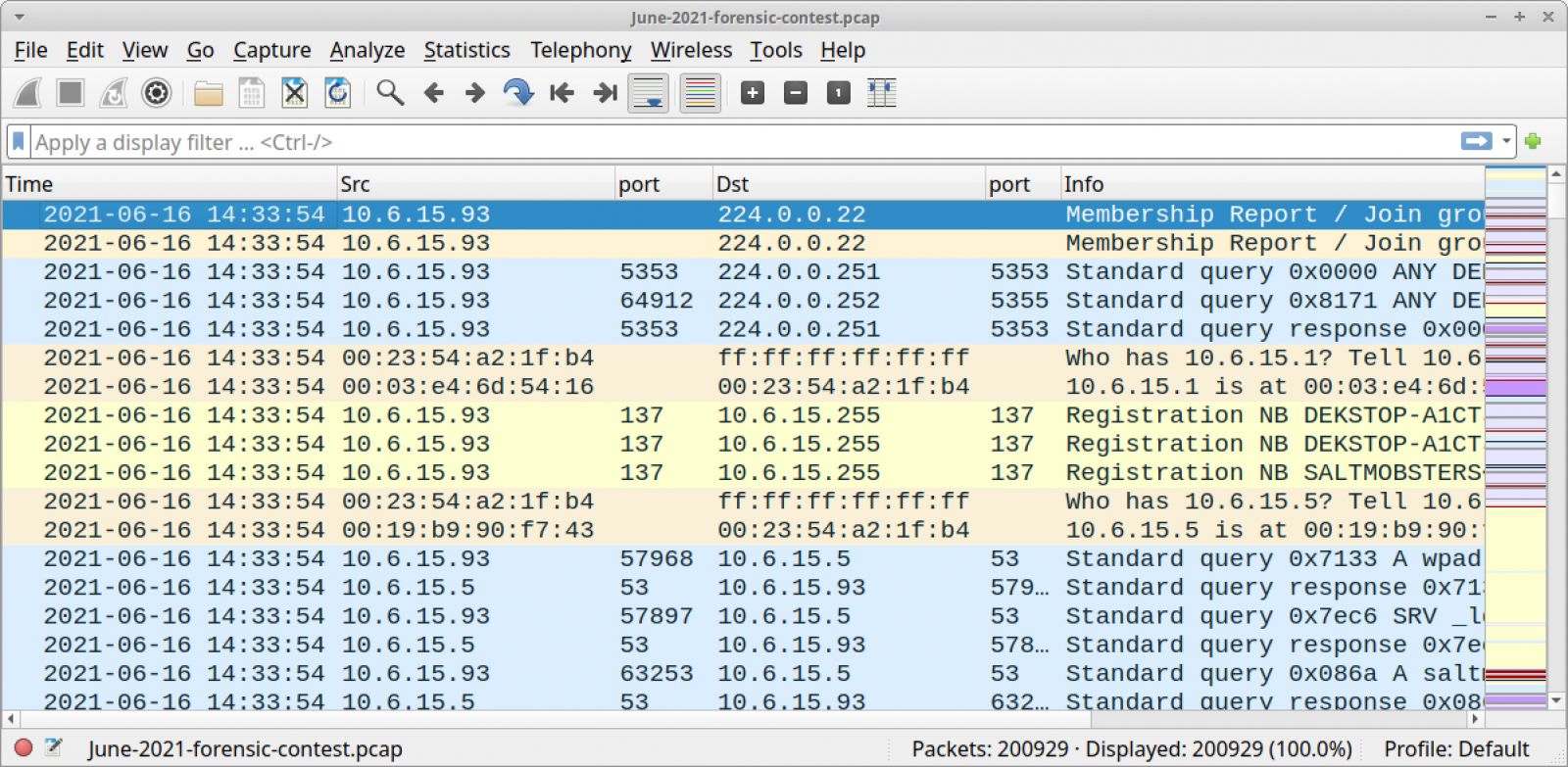
Regardless, many players enjoy the variety and novelty in CTF forensics challenges. It may also lack the "black hat attacker" appeal that draws many players to participate in CTFs. This disconnect between the somewhat artificial puzzle-game CTF "Forensics" and the way that forensics is actually done in the field might be why this category does not receive as much attention as the vulnerability-exploitation style challenges. Also, network (packet capture) forensics is more about metadata analysis than content analysis, as most network sessions are TLS-encrypted between endpoints now. Real-world computer forensics is largely about knowing where to find incriminating clues in logs, in memory, in filesystems/registries, and associated file and filesystem metadata. Rather, real-world forensics typically requires that a practictioner find indirect evidence of maliciousness: either the traces of an attacker on a system, or the traces of "insider threat" behavior. One would typically not bust a criminal case by carefully reassembling a corrupted PNG file, revealing a photo of a QR code that decodes to a password for a zip archive containing an NES rom that when played will output the confession. Unlike most CTF forensics challenges, a real-world computer forensics task would hardly ever involve unraveling a scheme of cleverly encoded bytes, hidden data, mastroshka-like files-within-files, or other such brain-teaser puzzles. Even in IR work, computer forensics is usually the domain of law enforcement seeking evidentiary data and attribution, rather than the commercial incident responder who may just be interested in expelling an attacker and/or restoring system integrity.

Any challenge to examine and process a hidden piece of information out of static data files (as opposed to executable programs or remote servers) could be considered a Forensics challenge (unless it involves cryptography, in which case it probably belongs in the Crypto category).įorensics is a broad CTF category that does not map well to any particular job role in the security industry, although some challenges model the kinds of tasks seen in Incident Response (IR). In a CTF context, "Forensics" challenges can include file format analysis, steganography, memory dump analysis, or network packet capture analysis.


 0 kommentar(er)
0 kommentar(er)
